AI, Data Science, & ML Faculty
-
-
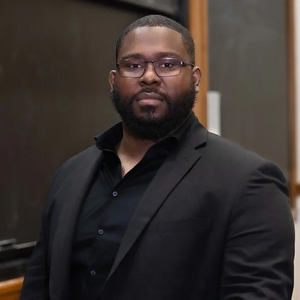
-
Physics
Helen Caines
Horace D. Taft Professor of Physics, Director of Graduate Studies in Physics+1 (203) 432-5831 -
-

-
Physics
Karsten Heeger
Eugene Higgins Professor of Physics; Director of Wright Laboratory+1 (203) 432-3378 -

-

-

-
Physics
David Moore
Associate Professor of Physics, Director of Graduate Admissions+1 (203) 432-7986
-
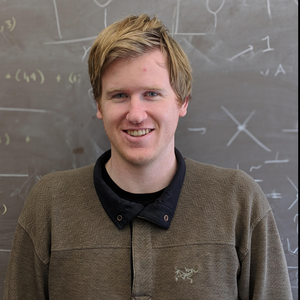
-
The search for axion dark matter at Yale
Experiments: ALPHA, HAYSTAC, RAY
Science Goal: Search for axion dark matter using quantum and microwave technologies.
WL Involvement: The Yale group uses AI & ML for handling large amounts of data, categorization and validation for data selection, pattern recognition, noise reduction, and data processing.
Sponsors: DOE QuantiSED, Simons Foundation, John Templeton Foundation, Knut & Alice Wallenberg Foundation, NSF, Swedish National Space Agency, Swedish Research Council
Publications: Phys. Rev. Lett. 134, 151006 (2025); Phys Rev D. 109 032009 (2024); Nature 590, 238–242 (2021)
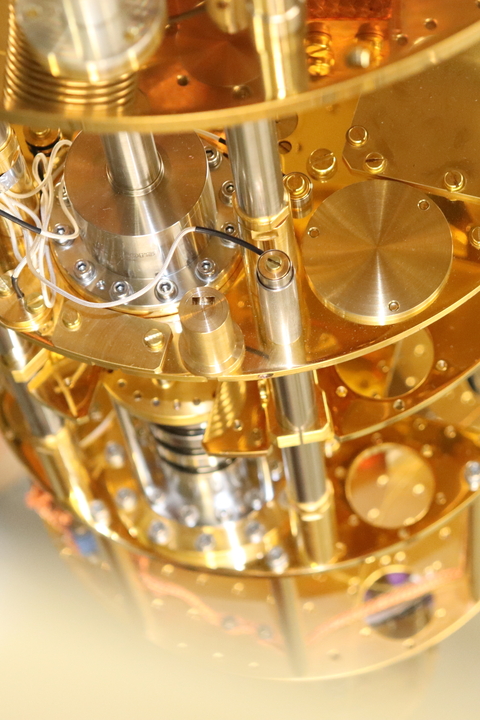
Quantum science and computing in high energy physics
Experiment: ATLAS
Science Goal: Study quantum information science in high energy physics, quantum entanglement, Bell’s inequality, and entanglement entropy.
WL Involvement: Baker uses Quantum Machine Learning and the ATLAS experiment at the CERN Large Hadron Collider to explore quantum information science and to search for physics beyond the Standard Model. Analysis files and computing algorithms are created by the members of the Baker Group and/or support staff at Wright Lab.
Sponsors: DOE-HEP, Brookhaven National Laboratory
Publications: 2022APS, APRK17007Q
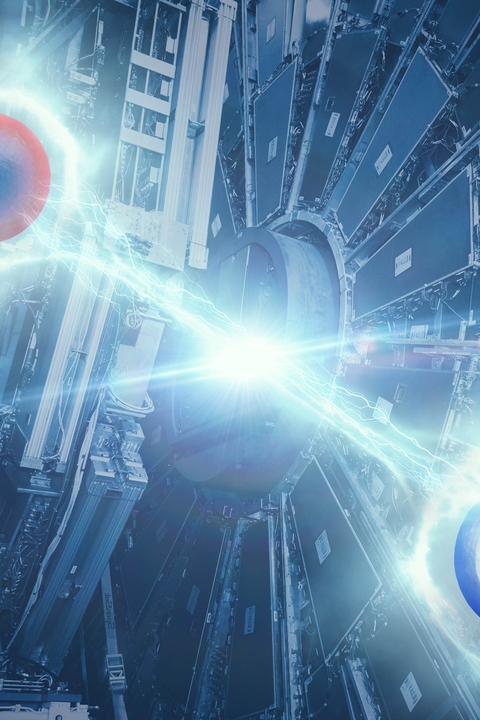
Searching for physics beyond the Standard Model
Experiments: ATLAS, Mu2e
Science Goal: The Demers group uses tau leptons to probe for and characterize physics beyond the Standard Model with the ATLAS experiment and hunts for signs of new physics with Mu2e.
WL Involvement: Demers’ group uses ML tools for particle identification, data analysis, denoising, and anomaly detection. A graduate student plans to make ML methodological studies a central pillar of the student’s thesis.
Sponsor: DOE-HEP
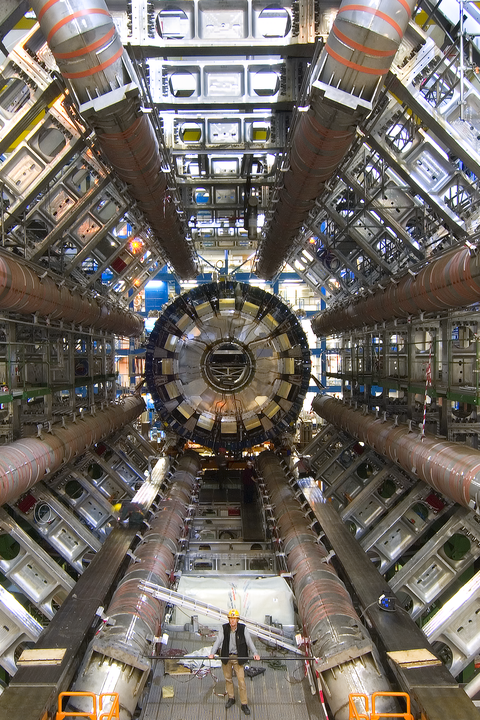
Probing the beginning of the Universe
Experiment: Simons Observatory
Science Goal: Probe the Cosmic Microwave Background to learn about the beginning of the Universe.
WL Involvement: The Newburgh group is exploring the use of AI for calibration of instruments and data.
Sponsors: NSF, Simons Observatory
Publications: Phys. Rev. D 111, 082001 (2025)
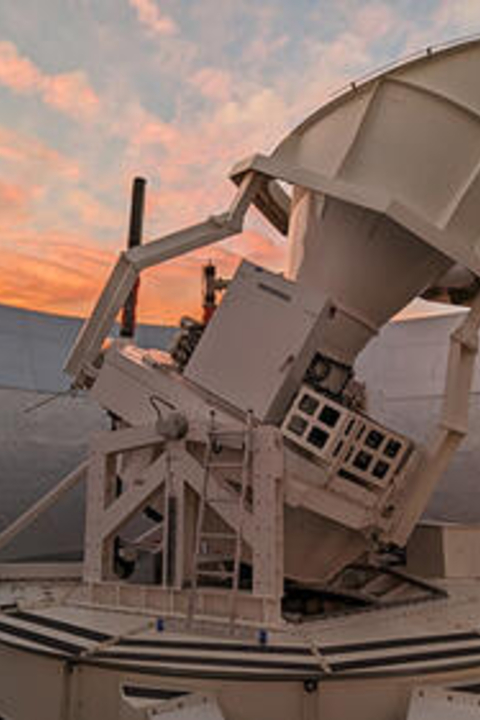
Investigating the expansion of the Universe
Experiments: DESI, La Silla-QUEST, Roman Space Telescope
Science Goal: Study the expansion of the Universe and dark energy.
WL Involvement: The Baltay group uses AI & ML to detect supernova and other high-energy galactic transients in the large volumes of image data returned by their wide-field sky survey cameras. They also use ML to characterize the use of type IA supernova as standard candles to probe the expansion history of the Universe.
Sponsor: DOE-HEP, NASA
Publications: ApJ 982, 21 (2025); ApJ 935, 17 (2022), arXiv:2503.14579 (2025)
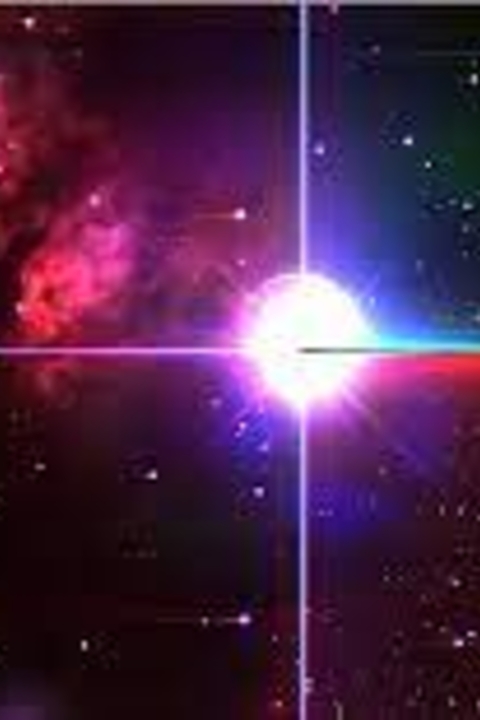
Directly measuring the mass of the neutrino
Experiment: Project 8
Science Goal: Utilize a novel technique (CRES) to perform a precision measurement of the yet unknown neutrino mass.
WL Involvement: The Heeger group uses AI and ML for data analysis and event reconstruction in neutrino experiments. The Yale group is collaborating with Pacific Northwest National Laboratory (PNNL) to build a data management framework for the Project 8 experiment.
Sponsor: DOE-NP
Publications: Mach. Learn. Sci. Tech. 5, 025026 (2024); JINST 19 P05073 (2024)
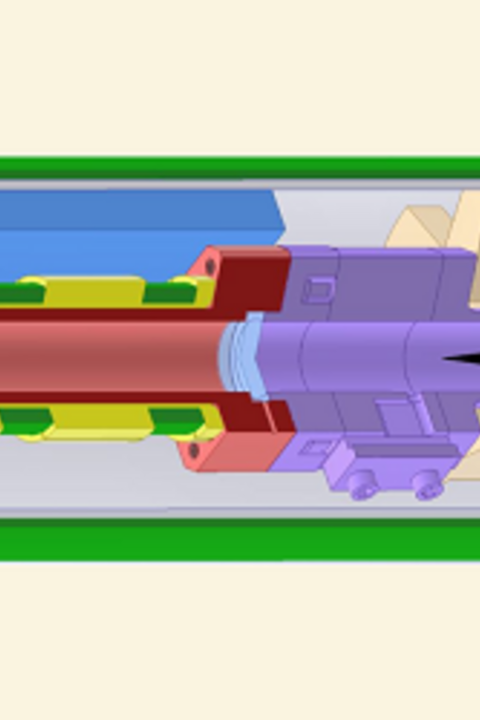
Searching for neutrinoless double beta decay
Experiments: CUORE, CUPID
Science Goal: Search for neutrinoless double beta decay, which could answer why we live in a Universe of matter, not antimatter.
WL Involvement: The group uses AI and ML for data analysis and event reconstruction in neutrino experiments.
Sponsor: DOE-NP
Publications: J PPNP 122, 103902 (2022); arXiv:2504.14369

Searching for neutrinoless double beta decay
Experiment: nEXO
Science Goal: Search for neutrinoless double beta decay, which could answer why we live in a Universe of matter, not antimatter.
WL Involvement: The Moore group is using deep-learning-based machine vision techniques to reconstruct particle interactions based on the detected light patterns on arrays of single photon sensors, as well as ML tools for signal/background discrimination in liquid xenon based neutrino detectors.
Sponsor: DOE-NP
Publications: JINST 18 P06005 (2023); JINST 14 P09020 (2019); JINST 13 P08023 (2018)
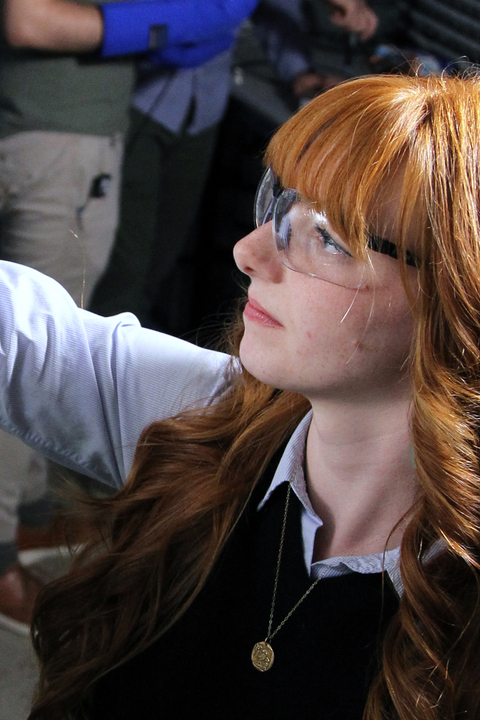
Tabletop neutrino physics with mechanical quantum sensors
Experiments: SIMPLE, QuIPS, MAST-QG
Science Goal: Study interactions involving neutrinos; search for dark matter, quantum phenomena, sterile neutrinos, & new forces. Test whether gravity has a quantum nature.
WL Involvement: The Moore group is using convolution neural nets (CNN) for image reconstruction, object tracking, and denoising, with expected additional applications over time.
Sponsors: DOE QuantiSED, Moore Foundation, NSF, Sloan Foundation
Publications: Phys. Rev. Lett. 133, 023602 (2024); PRX Quantum 4, 010315 (2023); Phys. Rev. A 104, 053512 (2021); Phys. Rev. D 104, 012004 (2021); Phys. Rev. Lett. 127, 061804 (2021)
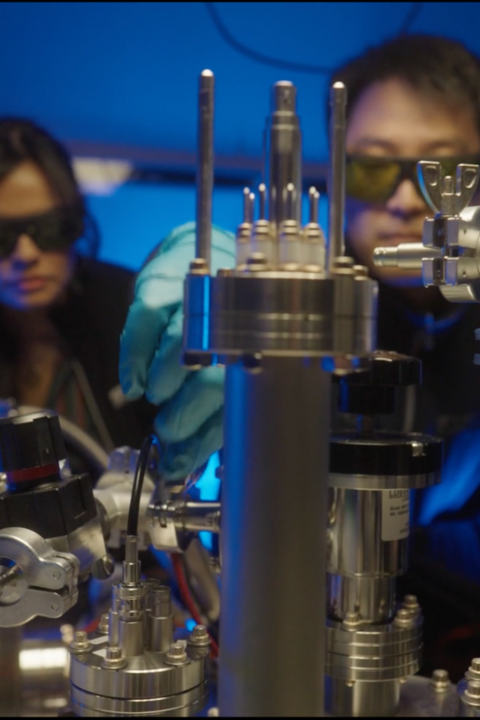
Recreating conditions of the early Universe
Experiments: ALICE, EIC, STAR
Science Goal: The group measures jets and jet structure to further understand the properties and evolution of the quark-gluon plasma (QGP).
WL Involvement: The group used ML methods to correct for the large background in measurements in heavy-ion collisions with ALICE experiment data and to correct for detector effects and perform a 6D analysis of Jet Substructure variables with STAR experiment data.
Publications: PLB 849, 138412 (2024), Eur. Phys. J. C 84, 813 (2024); arXiv:2307.07718
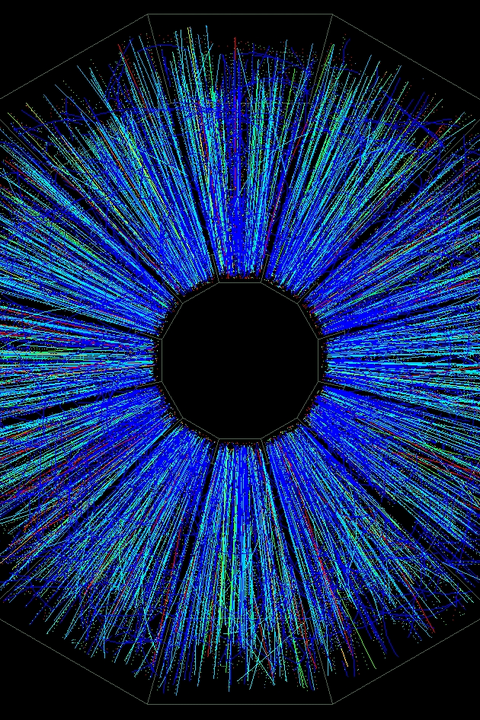
AI, Data Science, & ML News
-
Pan successfully defends thesis “Exploring the Standard Model and Beyond Through the Lens of Jet Substructure and Deep Learning with the ATLAS Experiment”
On August 7, Jingjing Pan successfully defended a thesis exploring the Standard Model & beyond with ATLAS using jet substructure & deep learning.

